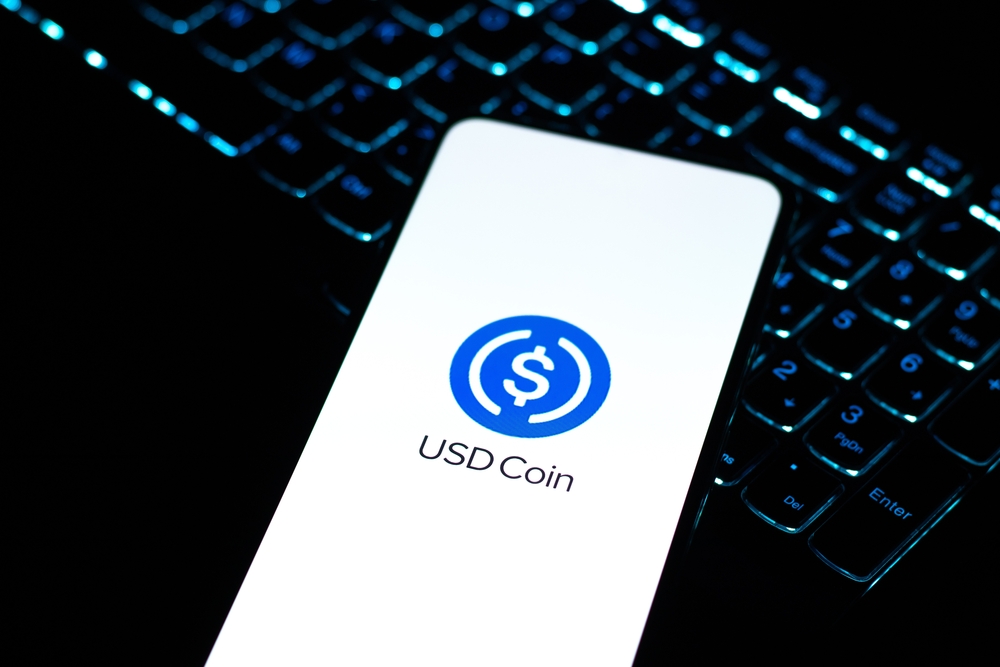The world’s second largest stablecoin USD Coin (USDC) depegged and traded over 12% below the US dollar last Saturday following the collapse of Silicon Valley Bank (SVB).
Venture darling SVB saw its share price crash after client deposit investments in long-duration mortgage-backed securities (MBS) led to an asset-liability mismatch and liquidity issues prompting depositors to run on the bank.
Among these depositors was USDC issuer Circle, which confirmed in a statement on 11 March it held $3.3bn – around a third of its cash reserve – with SVB.
As SVB was shut by the California Department of Financial Protection and Innovation last Friday evening, crypto investors offloaded their coins after hours.
This sent USDC from $1.00 at 11pm on Friday to $0.88 at 7:30am the next morning; a damning slide for an asset designed to give crypto traders a way to store their fiat currency on-chain at equivalent value.
Circle said in a statement on Saturday SVB was a “venerable and trusted partner to the US innovation economy” and it “suffered a classic bank run” comparable to the Global Financial Crash (GFC) in 2008.
It added it had initiated a transfer of its SVB deposits last Thursday but had not received these funds by close of business on Friday.
Circle made another statement following the announcement by US Treasury Secretary Janet Yellen that all SVB depositors would be “made whole”, where it said all $3.3bn of its USDC reserve deposit would be made available when US banks opened on Monday.
USDC returned to within 1% of its peg as the conventional trading week began, however, Circle had noted it would have covered “any shortfall” using corporate or potentially external capital if regulators had not implemented the deposit backstop.
Commenting on regulatory involvement, Circle co-founder and CEO Jeremy Allaire said: “Trust, safety and 1:1 redeemability of all USDC in circulation is of paramount importance to Circle, even in the face of bank contagion affecting crypto markets.”
“We are heartened to see the US government and financial regulators take crucial steps to mitigate risks extending from the banking system.
“We have long advocated for full-reserve digital currency banking that insulates our base layer of internet money and payment systems from fractional reserve banking risk.”
Last Saturday, Circle noted it maintained transaction and settlement accounts for USDC with Signature Bank, a day before its collapse.
It added it had “zero exposure” to collapsed crypto bank Silvergate, however, it only moved the last of its deposits out of the bank on 4 March after its shares had lost three quarters of their value in three weeks – and four days before its voluntary wind-down.
USDC has been exposed to three crypto-linked banks failing in a week. As another stablecoin depegging from the US dollar, it shows even relatively prudent crypto asset providers can suffer when relying on mismanaged counterparties.


